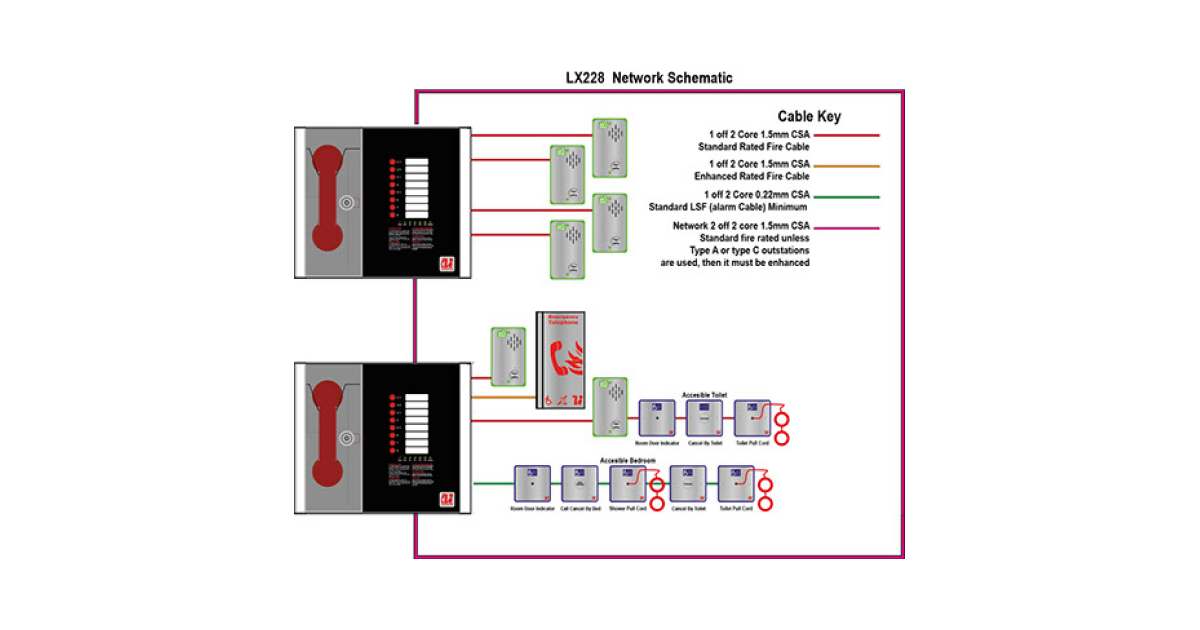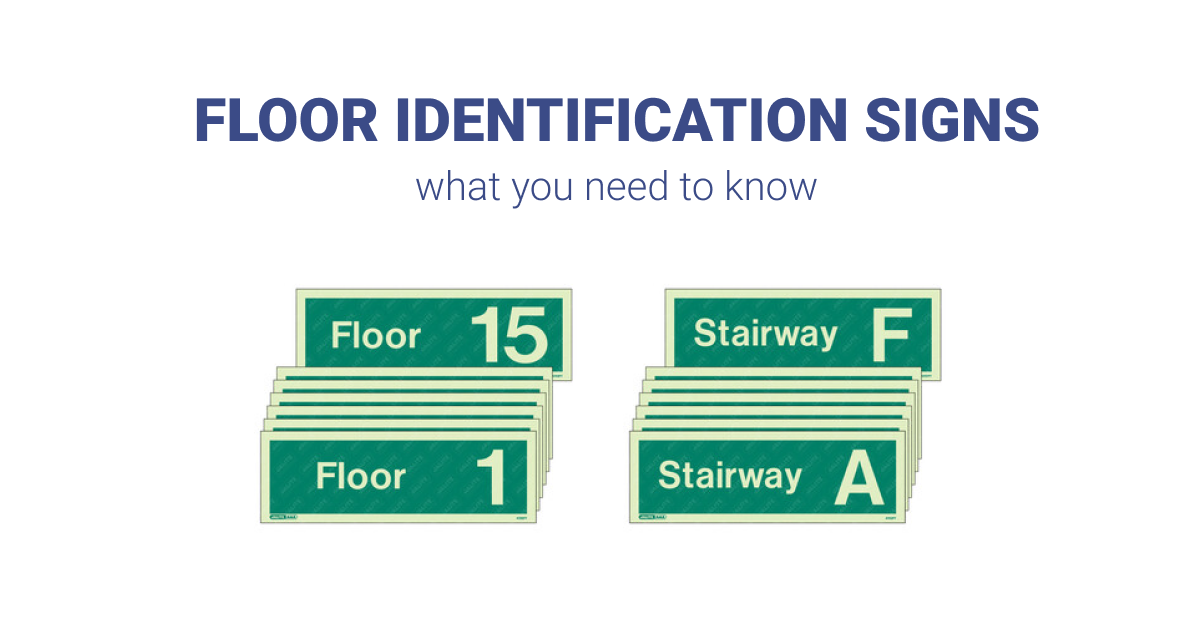
Earlier this month a report was released by Sir Ken Knight CBE QFSM FIFireE in which he outlines his “Findings from the review of efficiencies and operation in fire and rescue authorities in England.”
Sir Ken starts his report by expressing his delight regarding the reduction in incidents during the last decade. He praises the work of the of fire and rescue authorities and the changes they have gone through, moving from emergency response organisations to ‘organisations that look to reduce risk’. Sir Ken moves on to say that he is aware that the reduction in incidents is not solely down to the actions of fire and rescue authorities but also largely down to societal changes, technological developments, the increase in smoke alarm ownership, safety campaigns and government regulations for both buildings and furniture.
Sir Ken points out that although these changes and reductions in incidents are present, ‘no similar significant change in the make up or cost of the service has taken place.’ While he is aware of the continued downward pressure on public expenditure, and realises that for most local authorities financial pressure has caused the reduction of funding against increased demand for their services, in the case of fire and rescue services there remains a significant decrease in demand for its operational response.
The purpose of the review, commissioned by the Fire Minister, Brandon Lewis MP, was to explore the activity of fire and rescue authorities and see what the scope for change might be. Sir Ken took evidence from fifteen different fire and rescue authorities, chosen for ‘their spread across governance types and geographical and industrial differences’, to conduct his research and came up with the following conclusions broken down into several areas including:
Efficiency
Deaths from fires are at an all time low with incidents having reduced by forty percent in the last decade. However, expenditure and fire fighter numbers are much the same. This suggests that ‘there is room for reconfiguration and efficiencies to better match the service to the current risk and response context.’ Sir Ken also states that some fire and rescue authorities spend almost twice as much per year than others with no correlation between expenditure and outcomes and that if all authorities currently spending more than the average were to cut their expenditure to the average, savings could amount to over £196 million per year.
Resources
Sir Ken finds evidence that innovative and crewing staffing models are being pursued and shared but there is little or no evidence of implementing learning from others. He also points out some interesting figures, claiming that up to £123 million could be saved by increasing the total ‘on-call’ fire-fighters nationally by just 10 percent and that £17 million could be saved if authorities adopted the leanest structure in their governance types.
Collaboration of Fire and Rescue Authorities
Sir Ken believes that having 46 fire and rescue authorities, each with their operational quirks, does not make for a sensible delivery model and that mergers could prove to be a solution if there was more local political appetite and incentive to combine, and that collaboration with other blue-light services could deliver efficiency through consolidating public sector assets as well as closer working.
The Future
Sir Ken believes that the major driver for change has been a reduction in central government funding and how to use funding to incentivise change must be a key consideration. Where fire and rescue authorities can provide business cases for local mergers the government should provide support for the transition and, although authorities shouldn’t wait around for national action, the high level of change needed to completely transform the fire service is unlikely to be achieved through local action alone.
What we think
Sir Ken’s report has received a number of criticisms and aroused a number of questions amongst the Discount Fire Supplies team. If incidents have dramatically reduced over the last decade, and therefore less resources have been used, then why is this not naturally reflected in the expenditure of fire and safety authorities? Have the societal changes, technological developments, the increase in smoke alarm ownership, safety campaigns and government regulations really made a significant enough contribution to safely keep incidents at a minimum to now reduce spending in this sector?
One thing we can be sure of is that the requirement for an effective and reliable fire alarm system (for the home or business) is still of paramount importance and while the fire service may undergo reforms, your spending in this area should not follow suit. Fire safety is an area which needs continual investment to protect you, your family and your workers. That’s not to say you can’t make savings on your current fire safety measures though – updating your fire alarm system to use the latest technologies could save energy costs and reduce other resource drains like false alarms significantly.










